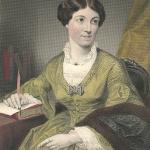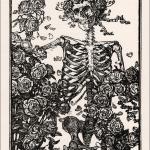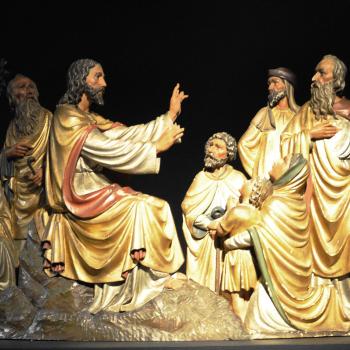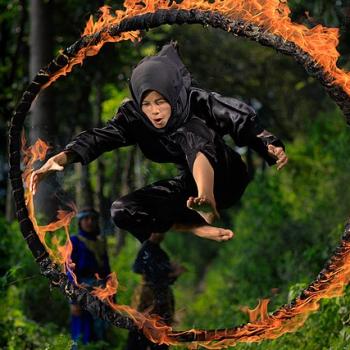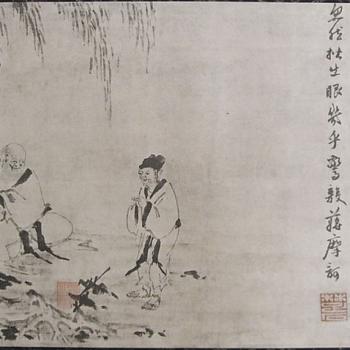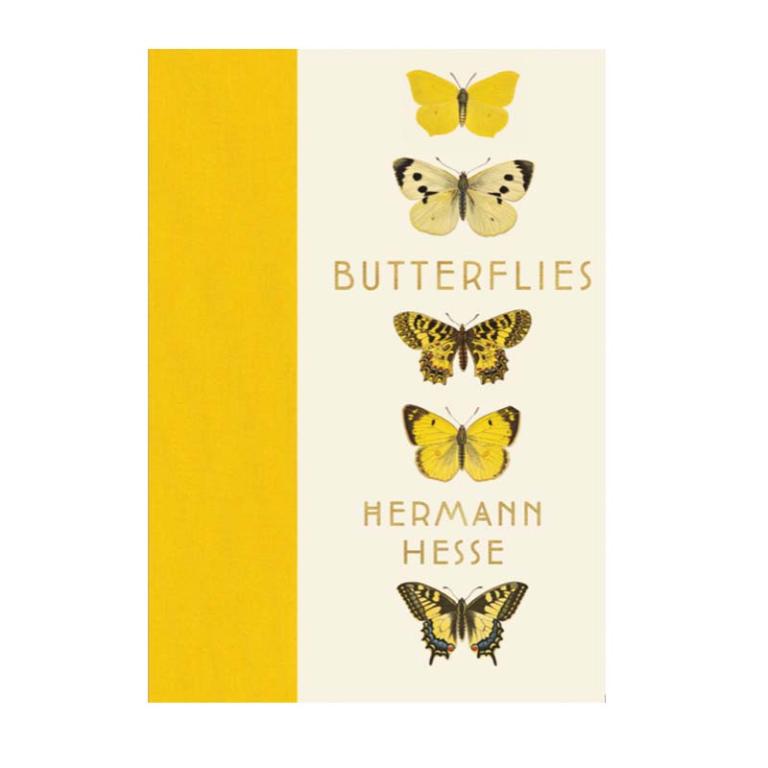
When the rain beats down on the pear blossoms, a butterfly flies up.
A Zen koan by way of Dahui Zonggao
Butterflies: Reflections, Tales and Verse by Hermann Hesse
Selected by Volker Michels
Illustrations by Jakob Hübner
Translated from the German by Elisabeth Lauffer
Kales Press, a WW Norton affiliate
Hardcover / 5×7 inches / 136 pages / 110 full-color engraved copper illustrations
When the good folk at Kales Press told me they had a follow up volume to Hermann Hesse’s Trees: An Anthology of Writings and Paintings, and wondered if I was interested in looking at a review copy, I didn’t hesitate. Yes, I wrote back. Yes!
These days I mostly read with e-readers. So just holding Butterflies was a delight. As a thing it’s a beautiful book.
Like the first Kales book, the essays, stories, and poems in this volume were selected by Volker Michel, perhaps the foremost living authority on Hermann Hesse. This volume is translated by Elisabeth Lauffer. And with a profusion of illustrations by Jakob Hübner.
As I said in my review of Trees, Hermann Hesse has a special place in my heart, and stands as a singular figure in my formation as a pilgrim on the inner ways. A Nobel laureate in literature, Hesse’s books include Demian, Steppenwolf, Siddhartha, and the Glass Bead Game. Possibly my favorite of his books was the novella, Journey to the East.
And.
I loved Trees.
And possibly Butterflies is even more compelling.
Without preamble we’re invited into Hesse’s world of butterflies. An editorial note in the end matter tells us this opening section was originally a preface to a book of photographs of butterflies by Adolf Portmann. It is everything Hesse. Lyrical, meditative, and at times challenging.
For me among the challenges was that Hesse was a collector of butterflies. With nets and killing jars and mountings. At least in his youth, and perhaps later. In the opening essay he offers up a defense similar to that for hunters, if on a smaller scale. The collector is the person who cares most. So they’re always in the forefront of those defending the environments butterflies (and moths) need. May be true. And, from my time and place, a bit off. An almost unsavory enterprise.
And. Well. Hesse did know and love and write about butterflies. Hesse tells us:
Butterflies, our intended focus here, are a beloved bit of creation, like flowers, favored by many as a prized and powerful object of astonishment, an especially lovely means of experience, of intuiting the great miracle, of honoring life.
A bit further along he adds:
Furthermore, because the butterfly is a festive lover and stunning shape-shifter, it has come to symbolize both impermanence and eternal persistence; from time immemorial, humans have embraced the butterfly as an allegorical and heraldic figure of the soul.
The essays show the life and wonder of butterflies, and equally the life and wonder of their admirers. Who sometimes love them so much they capture, kill, and display them. I found myself wondering about the hunting thing. It wasn’t part of my childhood. It’s not a thing today, at least not near as common as in the past. A little digging showed me that the great passion among Europeans and presumably Americans for collecting butterflies hit a peak at the turn of the nineteenth and twentieth centuries, and then after the First World War slipped into a relentless decline.
So, Hesse was brought up in a moment. He is both very much representative of that moment, and at the very same time he speaks to universals of our human experience. He writes Butterflies with that singular insight into our human psyche which marks all his writings. Hunting and hunting’s ambiguities are present. As are the mysteries that are butterflies. Which remained a lifetime obsession for Hesse.
Enchantment and beauty are, alas,
Little more than hints or highs,
Such delights we know must pass,
However well they satisfy.
Volker Michels, in his Afterword points out our ancient human fascination with butterflies. He cites their images on Egyptian tombs and fabricated into Mycenaean jewelry. He also cites from that large collection sometimes called “fake Buddha” quotes, where the Holy One is said to have acknowledged butterflies as his teachers. Maybe they were, but in fact the Buddha never gave them credit. A small mistake in Michels erudite essay.
Although. Because it caught my imagination I looked to see if the Buddha did cites butterflies anywhere. It appears not. Although he did mention bees. And it appears English translators have interposed butterflies for bees on occasion. But not as teachers, not in the direct way Michels misquotes.
The closest the Buddha comes is to cite that thing about moths and flames in a verse “Like moths to the flame,” the Adhipataka Sutta:
Rushing up but then too far, they miss the point;
Only causing ever newer bonds to grow.
So obsessed are some by what is seen and heard,
They fly just like these moths — straight into the flames.
Another important lesson. And, actually, one I find running throughout Hesse’s book.
Volker Michels makes a wonderful gift for us, first in the actual selection of the pieces, and then as a conclusion, in his insightful reflection. Michels points us through a little of the science of butterflies and then more deeply their range as metaphors for death and rebirth, as well as for grace and love. As Hesse himself tells us “Wonder is where it starts, and though wonder is also where it ends, this no futile path.”
As I read the volume it evoked that koan which comes to us from the great twelfth century Chan master. Perhaps not the Buddha, but a Buddha. One can say.
When the rain beats down on the pear blossoms, a butterfly flies up.
There’s the teacher and the teaching. And Hesse gets it.
Hesse joined the dream worlds and shaped them for our delight. In contemplating butterflies he revisited the spirit of that treasure of world literature from the fourth century before our common era, master Zhuangzi who wrote of a man who dreamed he was a butterfly, awoke, and then wondered if in fact he was a butterfly dreaming he was a human.
Everything a butterfly evokes is here. Including the most important thing.
Hesse gets it. And points our hearts in that direction.
Butterflies is a lovely haunting volume. The sad and beautiful ghost of the Giant Peacock Moth reminds me of desire and regret, and when joined to the temporality of butterflies and moths, well…
Dreams pile upon dreams, like mountains of clouds. Or, as Hesse sings
A late-summer gift, day after day
Of sweet warmth. Umbels below,
The butterfly drifts along its way,
Tired wings a golden glow.
The book is lavishly illustrated with butterflies rendered by Jakob Hübner, who lived through the second half of the eighteenth century and the first quarter of the nineteenth.
The translator Elisabeth Lauffer has received numerous awards for her work, most recently named to the Kirkus list of best fiction in translation in 2022.
Buy it. Read it. You won’t regret it…



